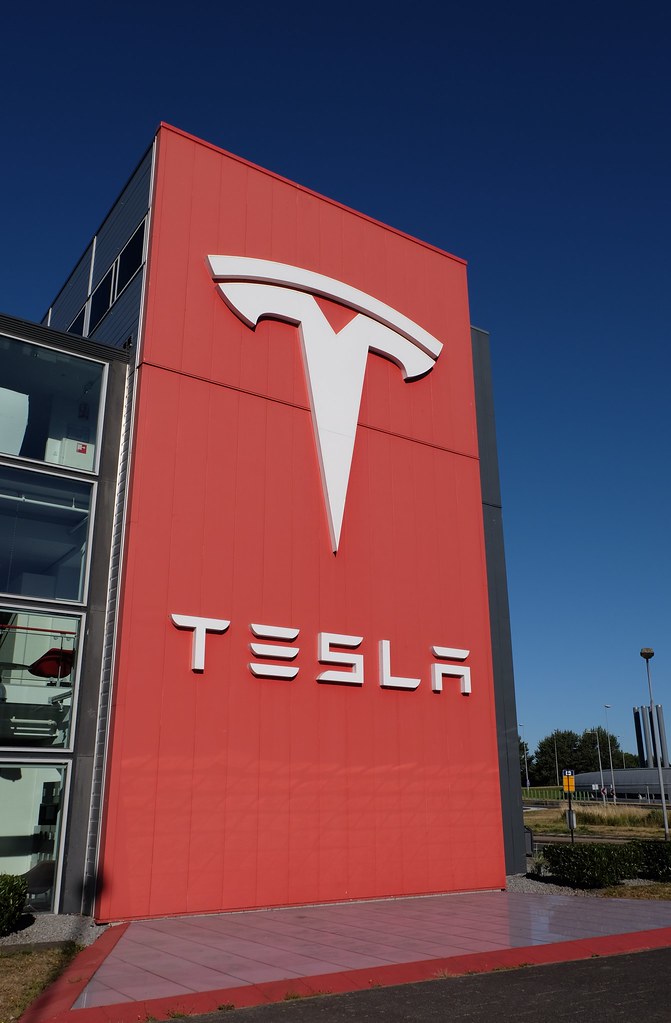Tesla’s stock performance in the first quarter of 2024 has been anything but electrifying for investors. The electric vehicle giant saw its shares plummet by 29%, marking the worst period for the stock since the end of 2022 and the third-steepest quarterly drop since the company went public. This downturn also positioned Tesla as the biggest loser in the S&P 500 for the quarter, a stark contrast to its previous market dominance.
The significant drop in Tesla’s stock value reflects growing investor concerns over the company’s auto sales amidst heightened competition, particularly from China, and operational disruptions in Europe. Analysts are bracing for potentially sluggish first-quarter vehicle production and delivery numbers, despite Tesla’s efforts to entice buyers with price cuts and incentives.
The anticipated delivery figures, hovering around 457,000 units, would only represent an 8% increase from the previous year, according to FactSet’s compilation of 11 analyst estimates. The more bearish projections from March suggest even lower numbers, with independent auto industry researcher Troy Teslike predicting deliveries to fall short of the lowest estimate.
Tesla’s challenges in China have been particularly pronounced. The company faced fierce competition from local EV manufacturers, such as BYD, which overtook Tesla as the world’s top EV maker at the end of 2023. BYD’s aggressive pricing strategy, introducing models like the Qin Plus EV and the Seagull hatchback at significantly lower price points than Tesla’s Model Y and Model 3, has put immense pressure on the American automaker.
In response to the competition and sluggish sales, Tesla slashed its prices and adjusted production at its Shanghai factory, reducing the workweek from six and a half days to five. However, these measures have yet to translate into a robust sales rebound, as evidenced by the declining numbers reported by the China Passenger Car Association.
The situation in Europe has also contributed to Tesla’s woes. Production halts due to component shortages following Red Sea attacks and a dramatic protest in Germany against Tesla’s factory expansion plans have further complicated the company’s operations. Additionally, labor disputes in Nordic countries with the Swedish labor union IF Metall have underscored the tension between Tesla’s anti-union stance and the region’s strong union presence.

Amidst these operational challenges, Tesla’s product lineup is showing signs of aging, with the much-anticipated Cybertruck still in its infancy and unlikely to significantly impact the company’s financials until 2025. The refreshed Model 3, known as the Highland, has been met with mixed reviews, and the ‘Model 2’ remains years away from customer deliveries.
Tesla CEO Elon Musk’s controversial public statements and political engagements have also raised eyebrows. His active presence on social media and meetings with polarizing figures like former President Donald Trump may alienate a portion of Tesla’s customer base, which tends to lean towards more progressive values.
Despite the turbulent quarter, some investors like Altimeter Capital’s Brad Gerstner are seizing the opportunity to buy the dip, citing progress in Tesla’s self-driving technology. However, Tesla’s promises of full autonomy have yet to materialize, with its Full Self-Driving option still requiring active driver supervision.
Tesla’s first quarter of 2024 has been a stark reminder of the volatile nature of the EV market. With over $230 billion in lost market cap and a lucrative quarter for short sellers, who are up more than $5.77 billion according to S3 Partners, Tesla faces a critical period of recalibration. The company’s ability to navigate through these headwinds and innovate beyond its current challenges will be crucial for its future trajectory in the global EV race.





